Gunjan Yogendra Trivedi’s Ph.D. thesis: (Guide: Dr Saurabh Kumar, Ph.D, Co-Guide: Dr Banshi Saboo, M.D., Ph.D.). JJT University, Rajasthan, India (2022)
Title: The impact of humming bee breathing (simple Bhramari Pranayama) practice on Heart Rate Variability and implications for healthcare management
Abstract: There is an urgent need for governments and corporate enterprises globally to proactively manage lifestyle-related modifiable risk factors for chronic disease to reduce economic burden and increase the quality of life while decreasing the risk of chronic disease. The need of the hour is a simple, effective, and low-risk solution with the potential for increased well-being, leading to sustainable economic growth in any country. India, with a rapidly growing economy and a large young population, must find more effective and creative solutions based on insights from developed economies while also addressing the limitations that emerge from the healthcare management systems of those countries.
Modern lifestyle choices include several modifiable elements that impact the autonomic nervous, endocrine, and circulatory systems. Imbalances in these core systems result in poor quality of life and increased risk for diseases. This thesis identifies and analyses several lifestyle interventions that help improve the risk for disease conditions and physical and emotional health. The literature review highlights the need to reduce heart rate (HR) and increase heart rate variability (HRV), significantly impacting the quality of life, and physiological and psychological well-being. Slow breathing, such as Pranayama, HRV biofeedback, and Bhramari, a simplified repetitive chanting and mantra chanting, reduces HR and increases HRV. A further review highlights the mind-body benefits of both Bhramari and Chanting, as proved by the insights from HRV biofeedback research, thus presenting a case for Bhramari as an effective lifestyle intervention.
The experiments covered (a) a comparison of slow breathing with Bhramari (humming) through the measurements of heart rate variability (HRV) to demonstrate that humming is more effective in increasing HRV during the practice, (b) identification of the optimum length of breath to maximize the HRV during the practice to articulate that 12 to 14-second long breath is more effective (c) comparison of HRV parameters between Bhramari, emotional stress, physical activity and sleep to demonstrate the stress reduction benefits of Bhramari, and finally, (d) demonstrated how to incorporate the findings into yogic self-hypnosis protocol to enhance the emotional wellbeing parameters (anxiety, sleep quality, well-being, and depression). Finally, the limitations and future possibilities for public healthcare management intervention for an emerging economy like India are documented to leverage these ideas to enhance the quality of life of the individuals and create economic and healthcare benefits for everyone.
Keywords: Bhramari, Humming, Heart Rate Variability (HRV), well-being, Anxiety, Depression, Insomnia, Stress management, Chronic disease, Lifestyle choices
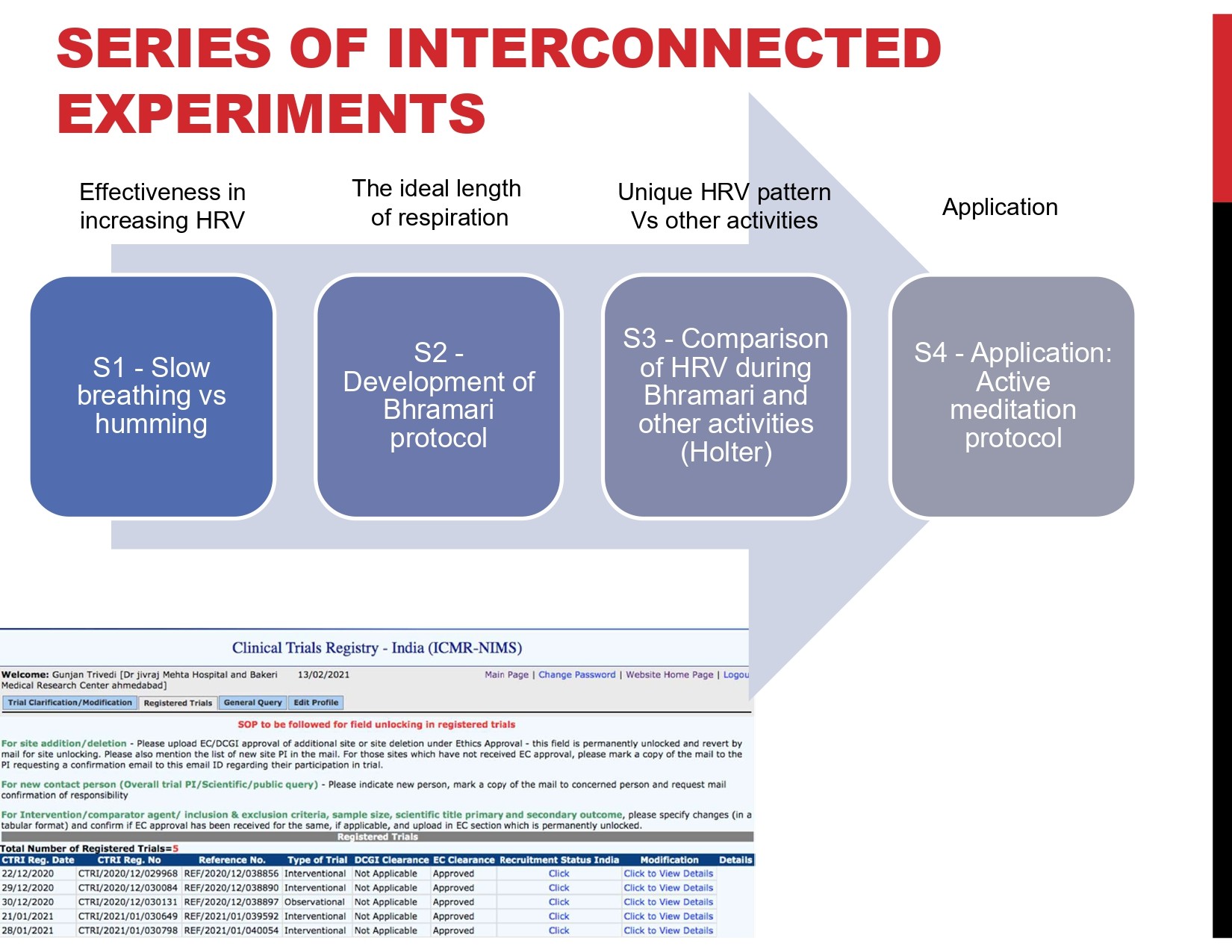
Conclusion: The thesis has developed a comprehensive review of the role of mind-body elements and lifestyle choices in disease formation and quality of life. The studies highlight poor outcomes (increased risk for disease, lower quality of life, negative economic impact through DALYs, and productivity) related to modifiable high-risk lifestyle choices. Evidence also confirms that developed countries are still struggling with these challenges. Hence, with a young population and growing economy, India needs to find more effective ways to address the challenges of lifestyle choice-related disease risks.
Reviews have highlighted the importance of enhancing HRV in improving physiological and psychological well-being, followed by identifying simple Bhramari (humming) practices to improve HRV and autonomic nervous system balance and cardiovascular and lung function parameters. A review of HRV biofeedback and chanting provided new possibilities to re-apply some of the insights to simple Bhramari and demonstrate its ability to have a significant positive impact on HRV during practice compared to slow breathing. The development of the simple Bhramari protocol provided clarity on the process that would maximize the HRV. These insights were integrated to develop the SEE Protocol for self-hypnosis that provides significant mind-body benefits after 20 minutes of practice.
The core process of slow respiration and sound vibrations significantly positively impacts respiratory sinus arrhythmia, baroreflex, exhaled nitric oxide, and HRV (concluded through several experiments mentioned in the thesis). The ability to slow down the breathing beyond 10 seconds to 12 or 14 seconds (the gold standard resonance frequency for HRV biofeedback is 0.1 Hz or 10 seconds long breath) adds new insights and possibilities for further research in the area of chanting (mantra or simple word). Similar to the positive results of the 2-week pilot on the SEE Protocol for self-hypnosis on mental health parameters (anxiety, depression reduction, increased well-being, and sleep quality), these ideas can be applied to study Om and other mantra chanting practices. Together, the insights and the process developed in the thesis can be incorporated into daily lifestyle activity across several age groups, ethnicities, and health conditions to improve the quality of life, slow disease progression, or improve attention, focus, and mental health.
Increased adoption of such routines (either as Bhramari or any simple chanting) significantly impacts the quality of life and decreases the risk of disease for the practitioner. The solution positively influences the individual, family, and future workforce, enabling the country’s economic growth. Better health of the citizens, especially the women and the young workforce, is also pivotal for reducing the healthcare burden for the nation via lower DALYs and increased productivity.
Future work can explore how the regular practice of simple Humming and the SEE Protocol can improve stress response, autonomic nervous system parameters, emotional health, and cognitive functions through more extended practice. Developing a more precise protocol (accurate to 1-second precision) can also help validate the long-term implications of such techniques on all aspects of health and wellbeing. The ideas from the thesis can also be explored to study the mind-body impact of chanting concerning respiration length and the sound frequency for simple chanting (such as Om).
Publication status (as of Dec 2023)
The following list covers the list of publications.
- Trivedi GY, Saboo B, Singh RB, Maheshwari A, Sharma K, Verma N. Can decreased heart rate variability be a marker of autonomic dysfunction, metabolic syndrome and diabetes?J Diabetology, 2019;10:48-56.
- Trivedi, Gunjan Y., Soundappan Kathirvel, Kamal Sharma, and Banshi Saboo. “Effect of Various Lengths of Respiration on Heart Rate Variability during Simple Bhramari (Humming).”International Journal of Yoga16, no. 2 (2023): 123-131.
- Trivedi, G., Sharma, K., Saboo, B., Kathirvel, S., Konat, A., Zapadia, V., Prajapati, P. J., Benani, U., Patel, K., & Shah, S. (2023). Humming (Simple Bhramari Pranayama) as a Stress Buster: A Holter-Based Study to Analyze Heart Rate Variability (HRV) Parameters During Bhramari, Physical Activity, Emotional Stress, and Sleep. Cureus, 15(4), e37527. https://doi.org/10.7759/cureus.37527
- Trivedi, G. Y., & Saboo, B. (2021). Bhramari Pranayama–A simple lifestyle intervention to reduce heart rate, enhance the lung function and immunity.Journal of Ayurveda and Integrative Medicine, 12(3), 562-564.
- Trivedi GY, Patel V, Shah MH, Dhok MJ, Bhoyania K. Comparative study of the impact of active meditation protocol and silence meditation on heart rate variability and mood in women.Int J Yoga 2020;13:255-60
- Trivedi GT, Saboo B, Hasnani, D. Importance of screening for Sleep Disorders, Journal of Clinical Diabetology, JCD – Vol 5 – Issue 3, 2019
- Gunjan Y Trivedi. Importance of Screening for Wellbeing in Diabetes Management. Curr Res Diabetes Obes J. 2019; 11(3): 555820. DOI: 10.19080/CRDOJ.2019.11.555820
- Gunjan Y Trivedi, Banshi Saboo (2019) A Comparative Study of the Impact of Himalayan Singing Bowls and Supine Silence on Stress Index and Heart Rate Variability. Journal of Behavior Therapy and Mental Health– 2(1):40-50.
- Trivedi, G. Y., & Trivedi, R. (2020). MEASURING THE EFFECTIVENESS OF REGRESSION THERAPY–PROPOSED METHODOLOGY AND CASE STUDIES TO MEASURE PSYCHOLOGICAL PARAMETERS. THE INTERNATIONAL JOURNAL OF REGRESSION THERAPY, 70.
- Trivedi, Gunjan Y; Trivedi Riri G. (2022). Project Completion Report: Regression Therapy for Generalised Anxiety and associated Depression. International Journal of Regression Therapy, 28(32), 96.
- Trivedi, G. Y., Pillai, N., & Trivedi, R. G. (2021). Adverse Childhood Experiences & mental health – the urgent need for public health intervention in India. Journal of preventive medicine and hygiene, 62(3), E728–E735. https://doi.org/10.15167/2421-4248/jpmh2021.62.3.1785
Few pictures:
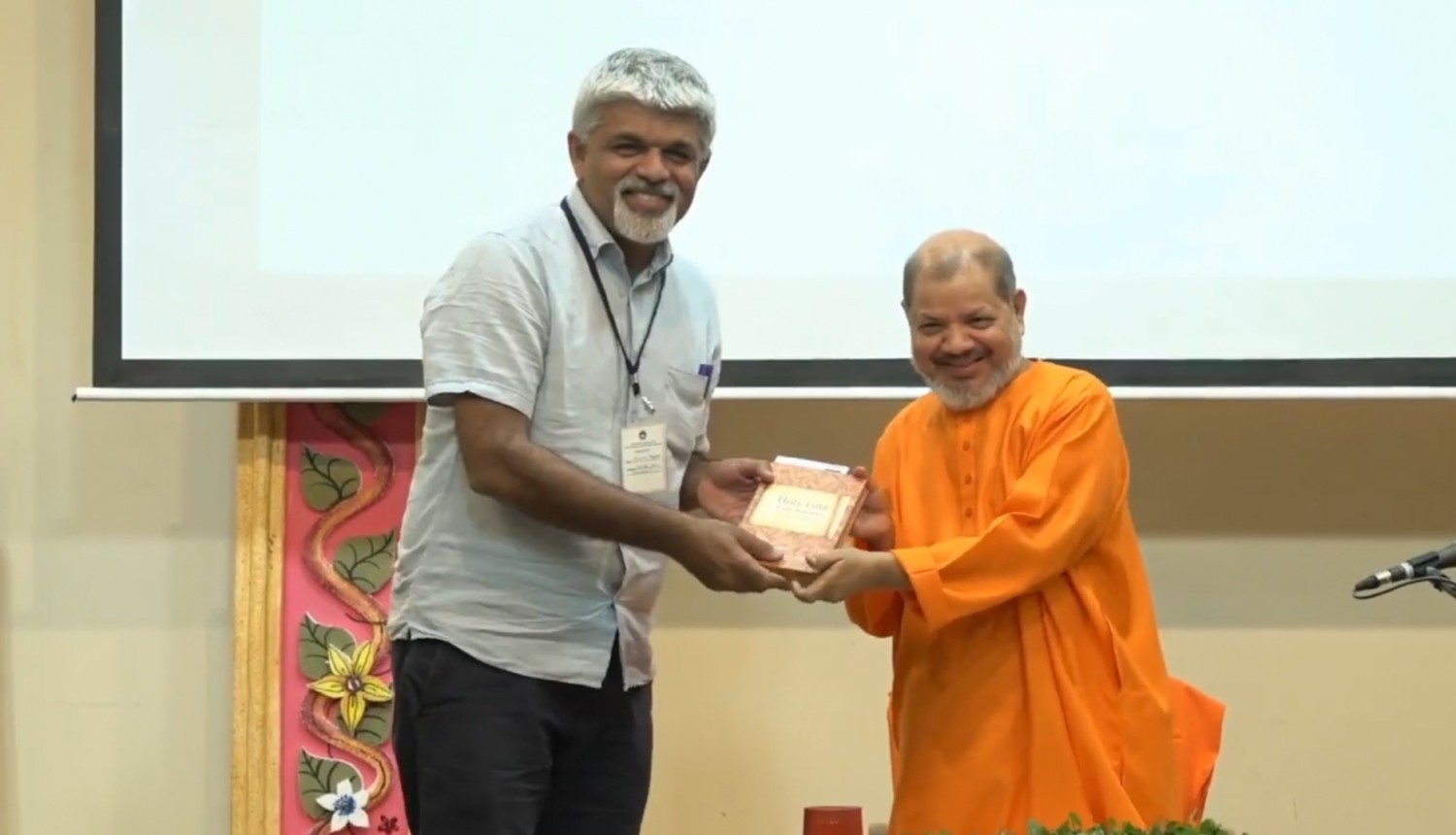


Acknowledgements page from the thesis:
Acknowledgements
This work belongs to the idea of “the Indian Knowledge System”. I have attempted to understand better the concepts behind the core building blocks of repetitive chanting – in the form of simple Bhramari. Hence, the exposure I received by being an Indian, born and brought up in this beautiful country full of powerful ideas –is a blessing, and I would like to acknowledge the universe for bringing me into this system. My parents (Yogendra & Dr Rekha Trivedi) provided further foundation through the daily religious chanting they practiced, the classical music I heard growing up and the training they imparted in Indian values. All of these are, of course, not coincidences, and I am so proud of my parents and my roots in the Indian Knowledge system. At the same time, having lived in some of the world’s developed economies (Japan, America) and some of the biggest geographic areas (China, ASEAN, and India), I realized that developed countries have challenges. With a young population and upcoming economic potential, India needs some breakthrough ideas in the journey toward becoming a developed nation, and this context forms the basis of the thesis.
I believe the ruthless push from Milind R Agarwal, PhD, my friend and philosopher, was the single moving force or inflexion point behind my pursuit of the doctoral program. My wife (Riri-who helped design the SEE Protocol for Self-Hypnosis) and children (Tvishi and Ansh) have been profound since they were more of the enzymes in the entire process. Finally, it is rare to find a super-specialist medical expert (Diabetologist), and my co-guide, Dr. Banshi Saboo, Ph.D. I thank him for encouraging me to explore these ideas. His major thrust in identifying the area that is not directly addressed by ‘medicine’ defined the core focus area for the thesis. During the entire process, several individuals played significant roles; however, I would like to acknowledge the role of Prof K V Ramani – especially in ensuring I had a team of experts, including him, review the progress. He also challenged me to focus on my lifestyle choices and generate meaningful academic outcomes – which challenged me to think beyond this thesis.
I thank Dr. S Kathirvel, Associate Professor, PGI Chandigarh, for being available to review all the experimental hypotheses, ethical committee documents, clinical trials, and much more. I acknowledge the support, encouragement, and several interim reviews by Dr. Narsingh Verma and Dr. Anuj Maheshwari and their invitations to the Chronomedicine conferences to ensure that the work gets visibility but also input from the experts. I also would like to acknowledge the reviews by my sister Dr. Binjan U Tripathi and sister-in-law, Dr. Tana Trivedi in reviewing the documents whenever I needed help. Chapter 1 – the organization – covers many additional individuals who have directly or indirectly helped me, and I convey my gratitude from the core of my heart.

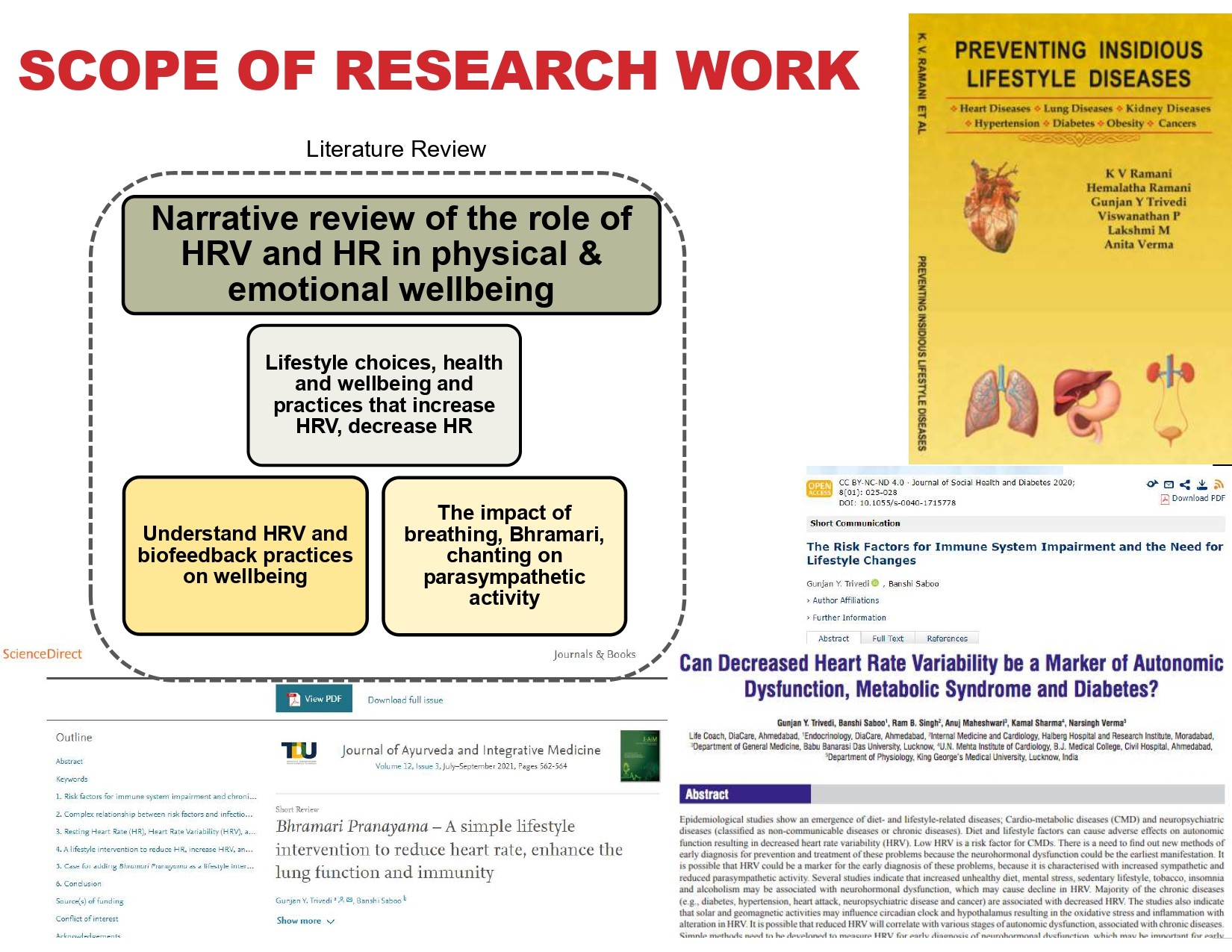

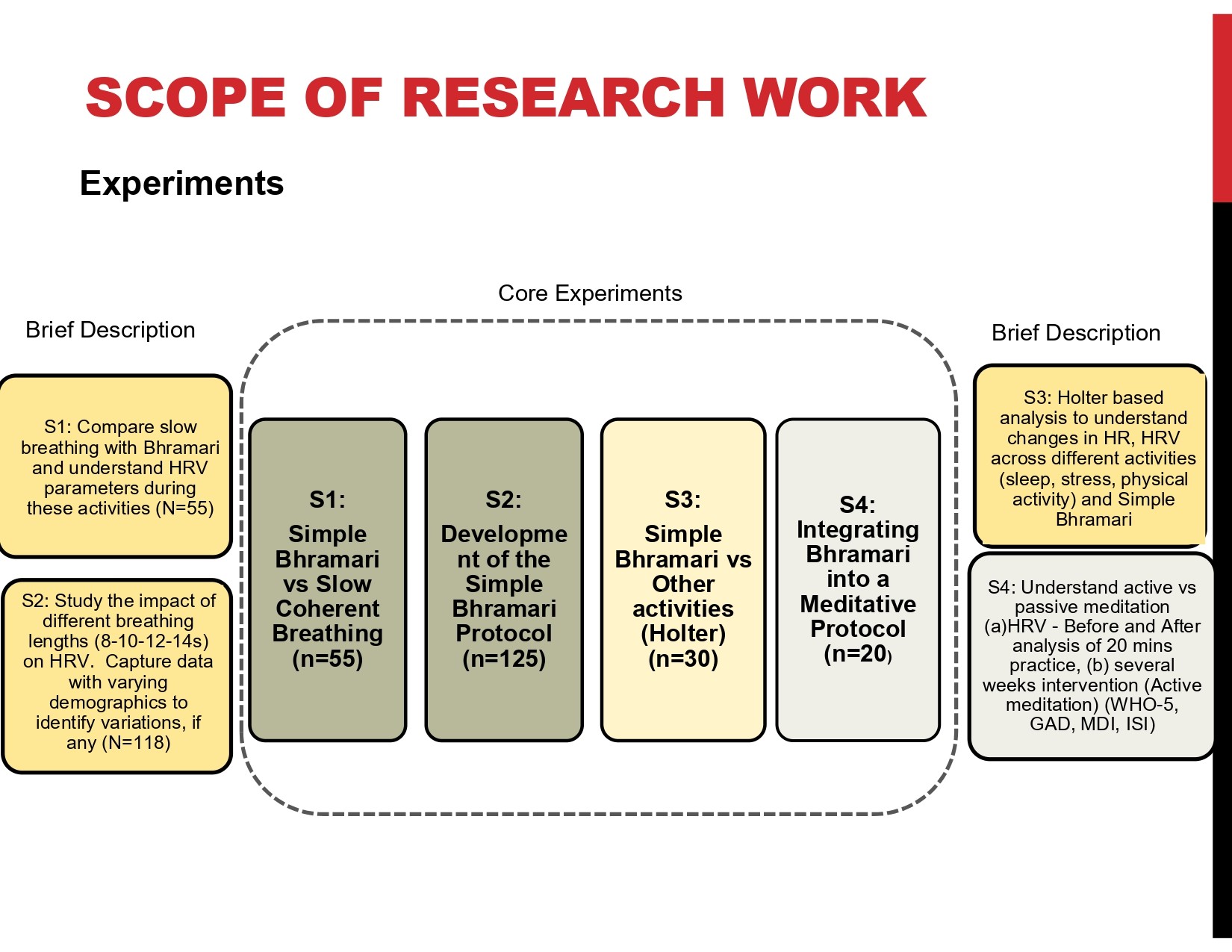

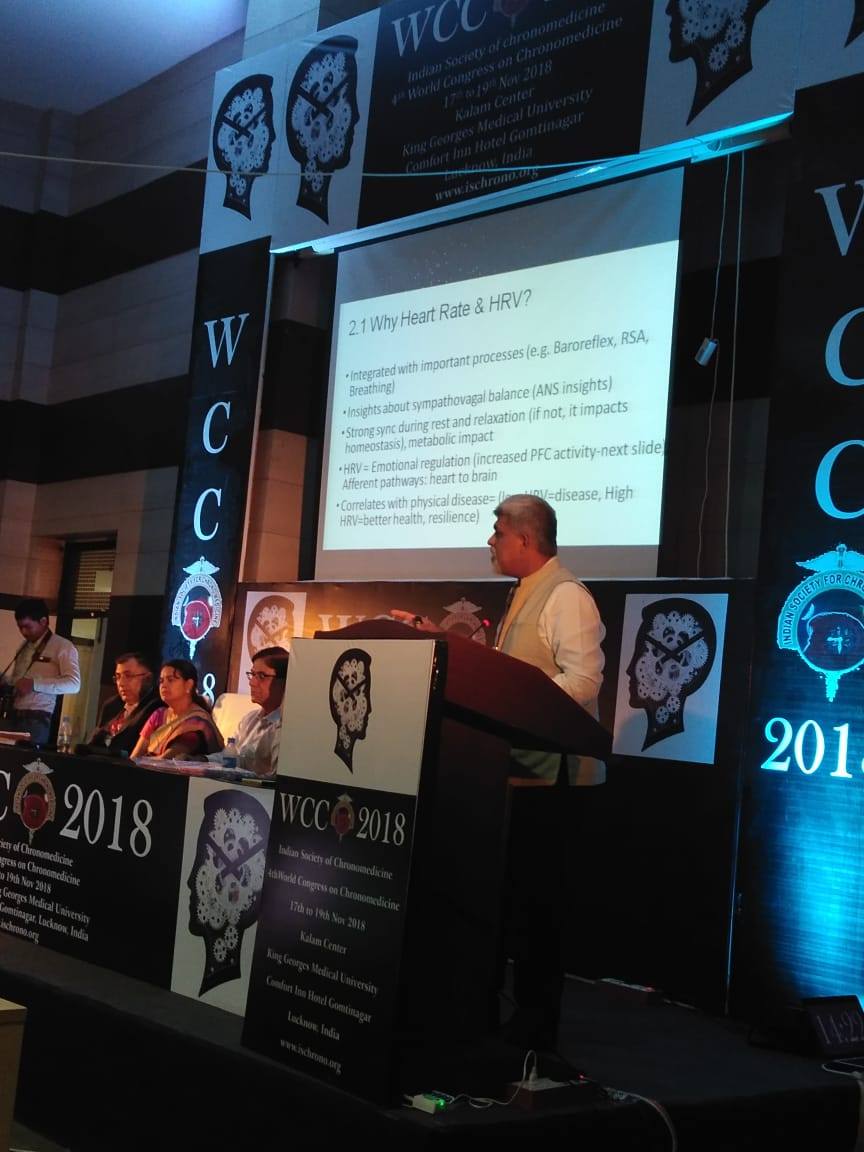


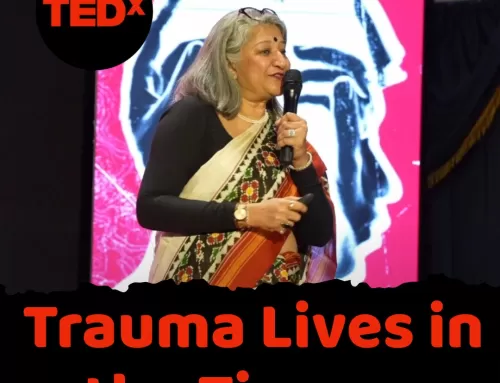
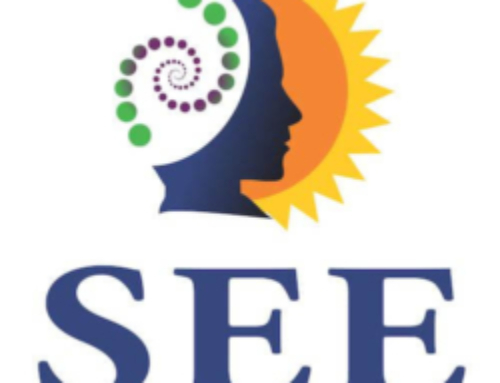


Leave A Comment